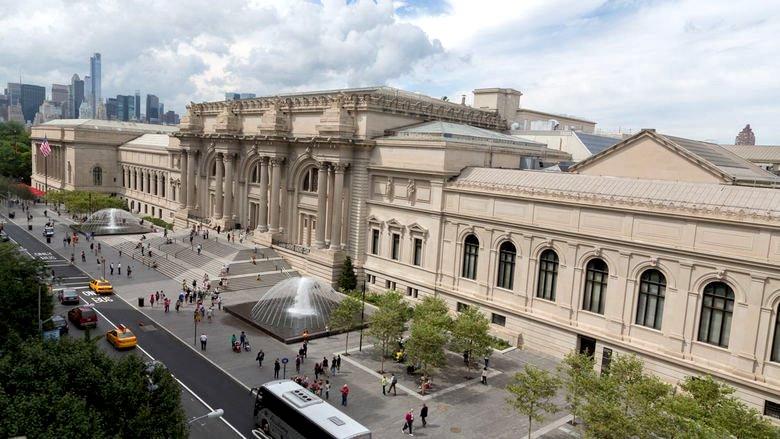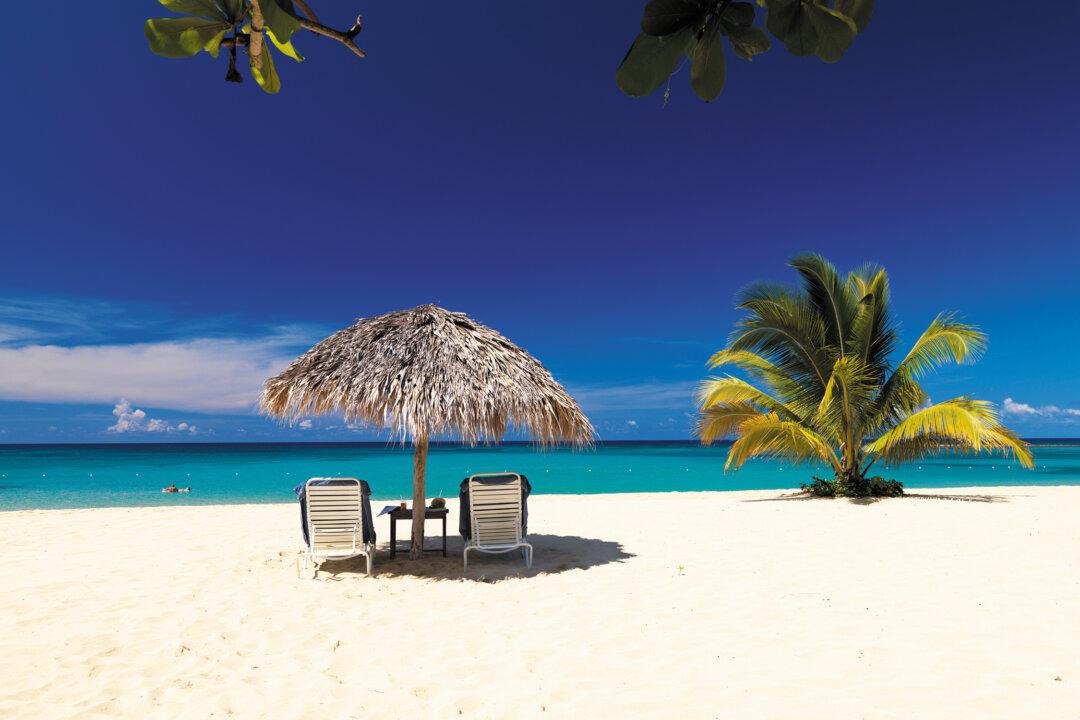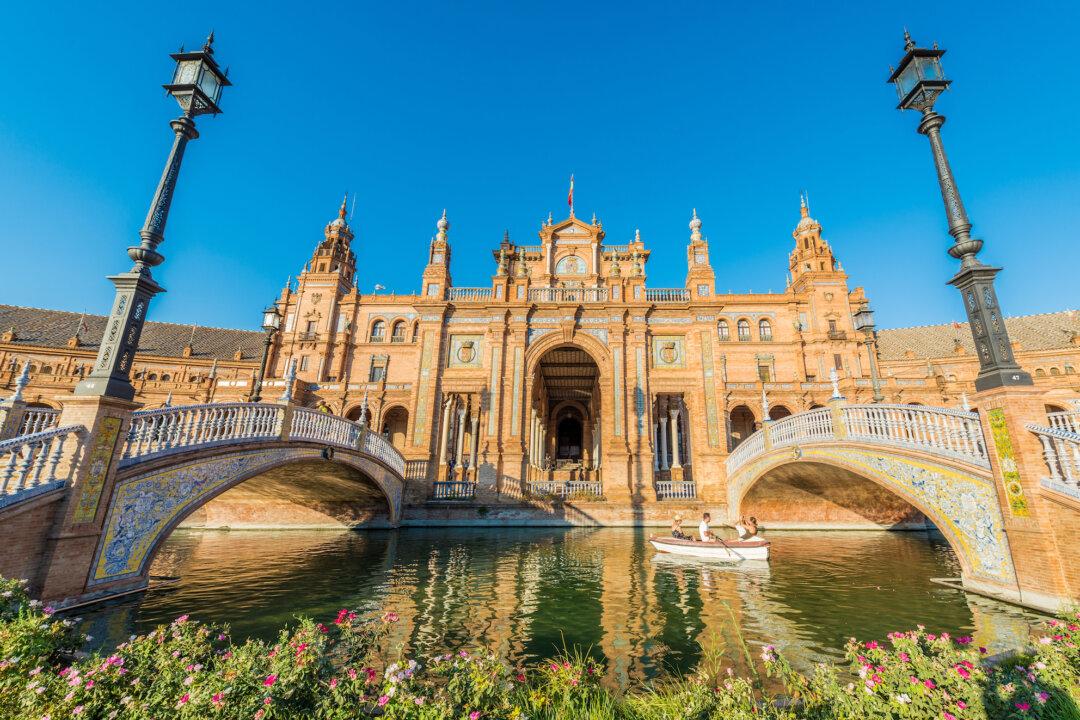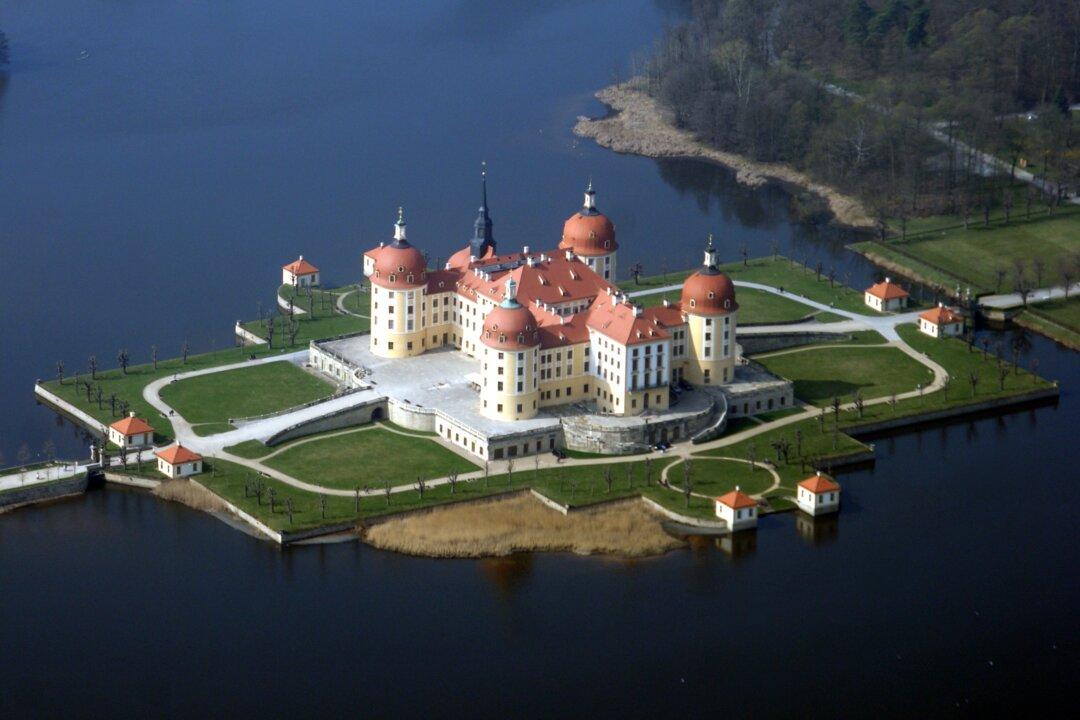Ah, the French. They have a knack for great food and wine, and a few hundred years ago they managed to secure a handful of lush tropical islands in the Caribbean. One of them is Martinique, a rugged, rustic-looking island in the Lesser Antilles region.
On a recent trip to explore the island’s eco-tourism options, we totally immersed ourselves in all things French the second we landed in the bustling capital Fort-de-France after a four-hour non-stop flight from New York with Norwegian Airlines.
Because Martinique is in the same time zone as the U.S. East Coast, there’s no jet lag. This means that you can get down to the business of sunbathing, swimming, and sightseeing right away, with enough energy left at the end of the day to go zouk dancing—French Caribbean partner dancing—which is what we did on the first day.






